By Duane Schultz
Lieutenant Richard Britt, navigator aboard a Consolidated B-24 Liberator bomber named Chattanooga Choo Choo, woke up to find himself trapped in the wreckage.
“I was still in the plane,” he wrote 45 years later, “with two oxygen bottles in my lap. My left foot caught in the bomb bay wreckage, my right leg folded under me, and the Plexiglas dome of the top turret over my head. I felt no pain, but was unable to think clearly.
Britt called out for his pilot and copilot but got no answer and then noticed someone else lying nearby, but the face was turned away so he could not make out who it was. He turned his head and looked up through the top turret and saw faces staring back at him, talking fast in a language he did not understand. He could not make sense of the confusion but suddenly heard a voice call to him in English. He saw the face of a middle-aged woman.
Ploesti “Wasn’t a Raid, It Was a Full-Scale Battle”
“Are you American?” she asked. When he said he was, she answered, “We’ll have you out of there in a jiffy.”
It was August 1, 1943, the day of the first massive Allied air raid on the oil fields of Ploesti, Romania, a major source of oil and gas for the Nazi war machine. The mission itself was a fiasco, almost a suicide run. Colonel John R. “Killer” Kane, who flew that day, called it “the worst catastrophe in the history of the Army Air Corps. It wasn’t a raid, it was a full-scale battle.”
Military intelligence briefers had assured the men that Ploesti was only lightly defended; they were wrong. In 1943, Ploesti was one of the most heavily defended sites in the European Theater. The planners predicted that the mission would do the most damage by flying the big, slow B-24s at treetop level. However, this left the aircraft at the mercy of the German antiaircraft guns, some of which were situated above the planes as they flew down a valley.
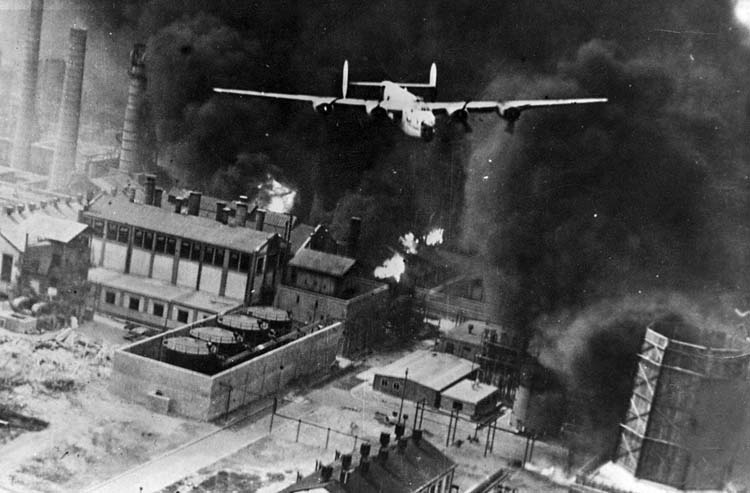
Flying so low meant that the crews of those planes damaged over the target could not bail out but were forced to ride their burning planes into the ground. Many of the planes turned into flying coffins before crashing. The sacrifices were horrific, exploding fuel tanks, shrapnel tearing into limbs, bodies incinerated as pilots held their course through sheets of flames left by the previous waves of aircraft.
The five bomb groups became separated when the leading ones flew at a faster speed than those behind and then took a wrong turn before they reached the target. As a result, some of the refineries were not hit at all and even those that were damaged were back in operation within weeks.
The 50-Year Old Aristocrat
Of the 177 B-24s that took off that morning from their base in Benghazi, North Africa, only 93 made it back by the end of the day. Some 60 of those had so much battle damage that they never flew again. A few others got as far as Turkey or Cyprus, and three crashed into the sea. All the others, like Chattanooga Choo Choo, went down in Romania. The human losses were staggering. Of the 1,726 crew members, 532 were killed, captured, or listed as missing in action. In addition, 440 of those who made it back to Benghazi were wounded, some so badly that they never returned to duty.
Richard Britt was among the lucky ones. It took four hours for the Romanian rescuers, encouraged by the English-speaking woman, to free him from the wreckage using knives, saws, axes, and stones. Britt’s body was covered in blisters from burns by then, caused by gasoline dripping on him, and he was obviously in great pain.
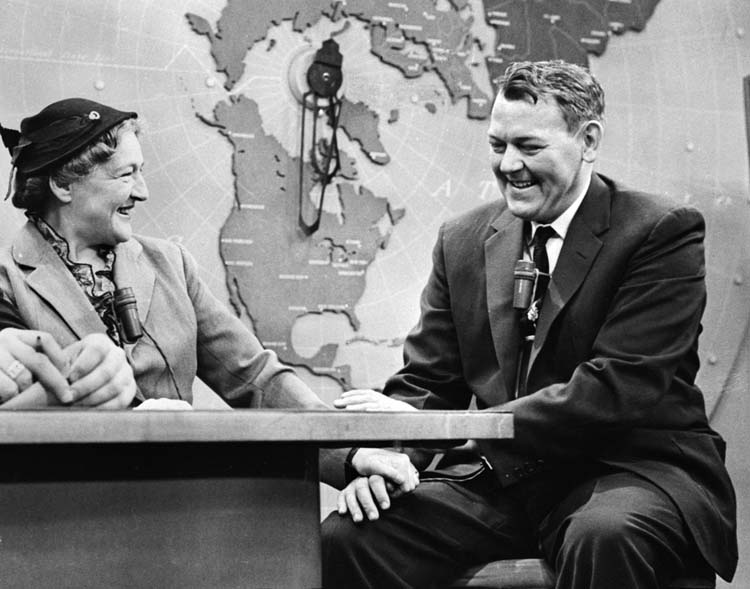
But then he met the woman who saved him—and so many others. She was Princess Ecaterina Caradja, a 50-year-old aristocrat who was having lunch on her 1,000-acre estate a mile from where Britt’s aircraft crashed. She had been abducted at age three by her father, a titled nobleman, who was involved in a financial dispute with his family. He took her to England and abandoned her in an orphanage under an assumed name. When her mother died, her father returned and brought her to a convent in France. A family member found Ecaterina almost by accident when she was nine and brought her back to Romania.
Ecaterina was raised by her grandparents; her grandfather had been a prime minister of Romania and had developed the oil fields at Ploesti. Educated in England, France, and Belgium, she became fluent in five languages. She married Prince Constantin Caradja in 1914 at the age of 21 and devoted much of her life to developing orphanages and caring for those in need. And that was what she started doing for downed American airmen on that afternoon in 1943, when Richard Britt was pulled from his plane. She was helping him into her car, a 1937 Plymouth, when two German soldiers appeared and demanded that she surrender the American to them.
American Wounded Get Transferred to Transylvania
Lieutenant Britt understood the language and was amazed to hear her tell the soldiers “in the most impolite German, ‘Go to Hell.’” Had Romania not been an ally of Germany at that time, the soldiers would no doubt have shot or arrested her. Instead, they argued with her, and she shouted back at them just as fiercely.
Suddenly, she left Britt leaning against the car and appeared to dash away. He wondered if he had been abandoned. As the Germans reached out to grab him, the Princess opened the rear door on the far side of the car, grabbed Britt from behind, and began to haul him inside. The soldiers also pulled at him, but she was faster and had a better grip. She shouted for her driver to start the car, and the Plymouth roared away.
After Britt was safely in a hospital, she went on to Bucharest to begin her campaign to keep the American airmen from being taken to Germany. She knew people in the highest circles in Romania but, more importantly, she knew their wives, and it was to the women that she made her case. They pressured their husbands—all the way up to the Romanian dictator Ion Antonescu—who was able to persuade the German commander to leave the American flyers in Romania.
A week later, on August 8, Princess Caradja arranged for the American wounded to be moved to a luxury hotel, now converted to a military hospital, located high in the Transylvanian mountains. The Americans received excellent care from a kind and well-trained staff. Princess Caradja visited often, bringing with her several young, attractive English-speaking women and large amounts of candy and food. She considered the Americans to be her new orphans and was determined to see that they got the best of everything.
The Gilded Cage
A German film crew came to make a newsreel to show the world how well American prisoners were being treated, and a local archbishop brought gifts from the Pope. The large wooden crates from His Holiness contained quart bottles of brandy. The men made quick work of the gift, and the brandy made quick work of them. They said it was a memorable day, which none of them remembered very well. When each man left the hospital for a POW camp, there were tears of farewell from them and the staff.
Princess Caradja arranged for another resort in the Transylvanian Alps to serve as the Americans’ POW camp. Located in the village of Timisul de Jos, it was a place of such great natural beauty that the men called it the “Gilded Cage.” Lieutenant Britt described it as “probably the best prison camp in the world.” The officers’ camp was in a three-story building, formerly the hotel for a ski resort. It had a spacious dining room, a gym, tennis courts, large bedrooms, and meticulously landscaped grounds. The enlisted men were housed a few hundred yards away in two buildings of a girls’ boarding school. While not up to the standard of luxury of the officers’ camp, it was far better than any POW facility in Germany.
The Romanians treated the Americans more like guests than prisoners because they believed that they had flown their mission against the oil fields at such a low level to spare civilian casualties. Aircrews shot down later in high-altitude raids, which did cause massive civilian casualties, were treated like captives and housed near prominent targets such as the Bucharest railway yards. Yet, even those prisoners fared better than those shot down over Germany.
The princess made sure that the the Battle of Ploesti raiders continued to be treated well. They were paid $225 a month, received regular Red Cross parcels, and were able to purchase real butter, fresh bread, milk, meats, wine, and champagne, items no longer available to most Germans at home. Meals were served on white tablecloths by Russian prisoners, and a barber, a dentist, and a language teacher visited regularly. The Americans even had a radio. The guards knew about it but officially took no notice, allowing the men to keep it once they “promised” not to listen to the BBC, which they did every evening.
The POWs Begin to Tunnel Underground
Princess Caradja continued to visit and bring gifts—warm winter gloves and underwear, tennis rackets, golf clubs, and English-language books. She arranged weekend passes to Bucharest hotels. Of course, the prisoners were always under guard, but often they got the guards drunk and went their own way, rejoining the hungover guards in the morning. One American was even invited to give a talk at a local Rotary Club meeting.
Although the Ploesti raid airmen lived well, they were still prisoners, and many were determined to escape. The princess sensed their restlessness and spoke to Britt of her concern about what might happen if they were caught. “I’m worried about you,” she said. “I’m afraid you might do something foolish. The war is going well for you and badly for the Germans…. You are safe here. If you were to get to a border and were caught, they would shoot you.”
Nevertheless, the men were digging a tunnel using a tin can as their only tool. They worked in two-hour shifts but after many weeks had extended it only 12 feet beyond their building. Britt asked the princess for some electrical wiring and lights and for women’s clothing, which they planned to wear once they got out. He told her the garments were for a show they were planning to put on.
She brought Britt what he requested, but he was disappointed to see they were bright, gaudy dresses with beads and spangles; the kind worn by flappers in the 1920s. “I looked at her,” Britt said, “and saw a glimmer of humor in her eyes. She had outfoxed us.” And then the guards found the pile of dirt and the plan to tunnel out was over. None of them escaped during the remainder of their time there.
In August 1944, after Romania severed its alliance with Germany, Princess Caradja helped to arrange an airlift to take “her boys” home. By then there were close to 1,000 Americans, counting all those shot down in later raids on Ploesti. If they had been sent to camps in Germany, they would have had to wait eight more months until Germany’s surrender in May 1945 before being freed. Thanks to the princess, they would reach home much sooner.
Land Ownership Worse Than Murder in Occupied Romania
However, her life became precarious when the Russians occupied Romania. In 1949, the communist regime confiscated her wealth, her homes and land, and all her possessions, including the orphanages she had established. “My crime,” she told an American reporter in 1997, “was being a landowner [which] was worse than being a murderer.”
Members of the aristocracy were not issued food ration cards or permitted to have jobs. Some fled the country, but many committed suicide.
Princess Caradja stayed until 1952, when, with the help of her daughter who lived in Paris, she escaped from Romania by hiding in a tiny compartment on a river barge traveling down the Danube. She remained there, through freezing weather, for 62 days before reaching the West and freedom. She tried without success for the next three years to obtain a visa to the United States. She spent her time giving lectures throughout Western Europe and on the BBC about the threat of communism. In the winter of 1954, she went to Algiers to help earthquake victims. Finally, in 1955, she was granted a visa to America to see “her boys.” On her first day, having just gotten off the plane, she was invited to appear on NBC’s popular Today program hosted by Dave Garroway.
Reuniting With Richard Britt
From there she flew to the tiny town of Comfort, Texas, to be reunited with Richard Britt, the navigator she had saved 12 years earlier. For the next 35 years, she made her home in the United States, speaking out wherever she found an audience on the importance of freedom and the dangers of Communism.
The princess searched constantly for the men she had rescued. Finally, in 1972, she had found enough of them to hold a reunion in Dallas, Texas, which became an annual event for the next 19 years. In 1991, when she was 98 years old and confined to a wheelchair, she was honored at a farewell dinner. The princess was going home, back to Romania, where the communists had been overthrown. The new government granted her 20 acres of her former estate, but she chose to live in one of her old orphanages. She died two years later, a few days after reaching the age of 100.
Bill Fili, a rescued airman who had served as the flight engineer aboard a bomber named Destiny’s Deb, summed up what her boys thought of Princess Caradja. “By her very presence she encouraged us to feel like human beings again. We knew someone cared.”
Duane Schultz is a psychologist who has written more than two dozen books and articles on military history. His most recent book is Evans Carlson: Marine Raider: The Man Who Commanded America’s First Special Forces (Westholme, 2014).
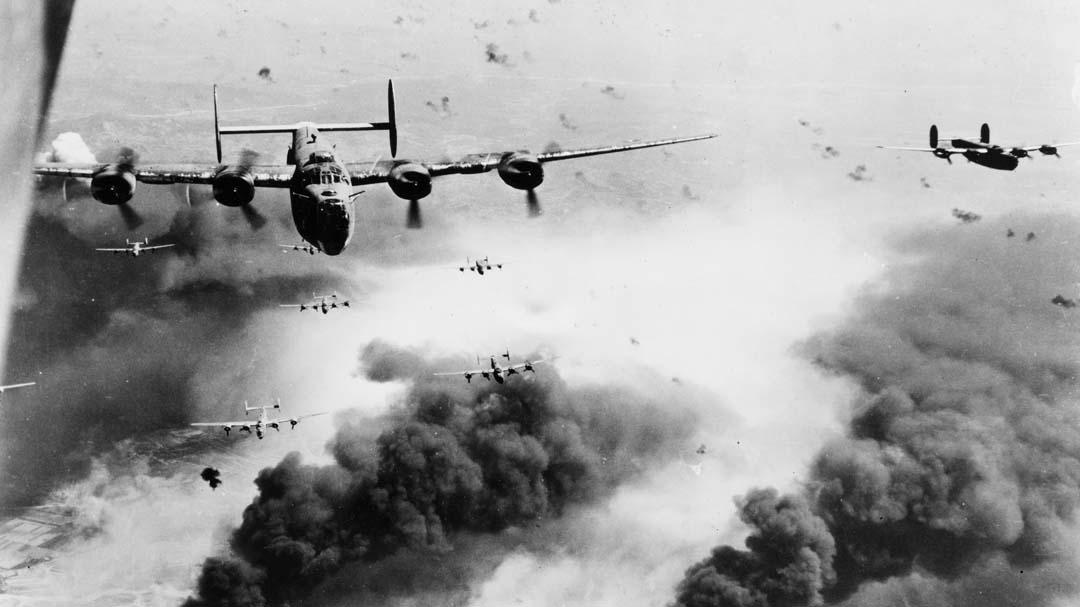
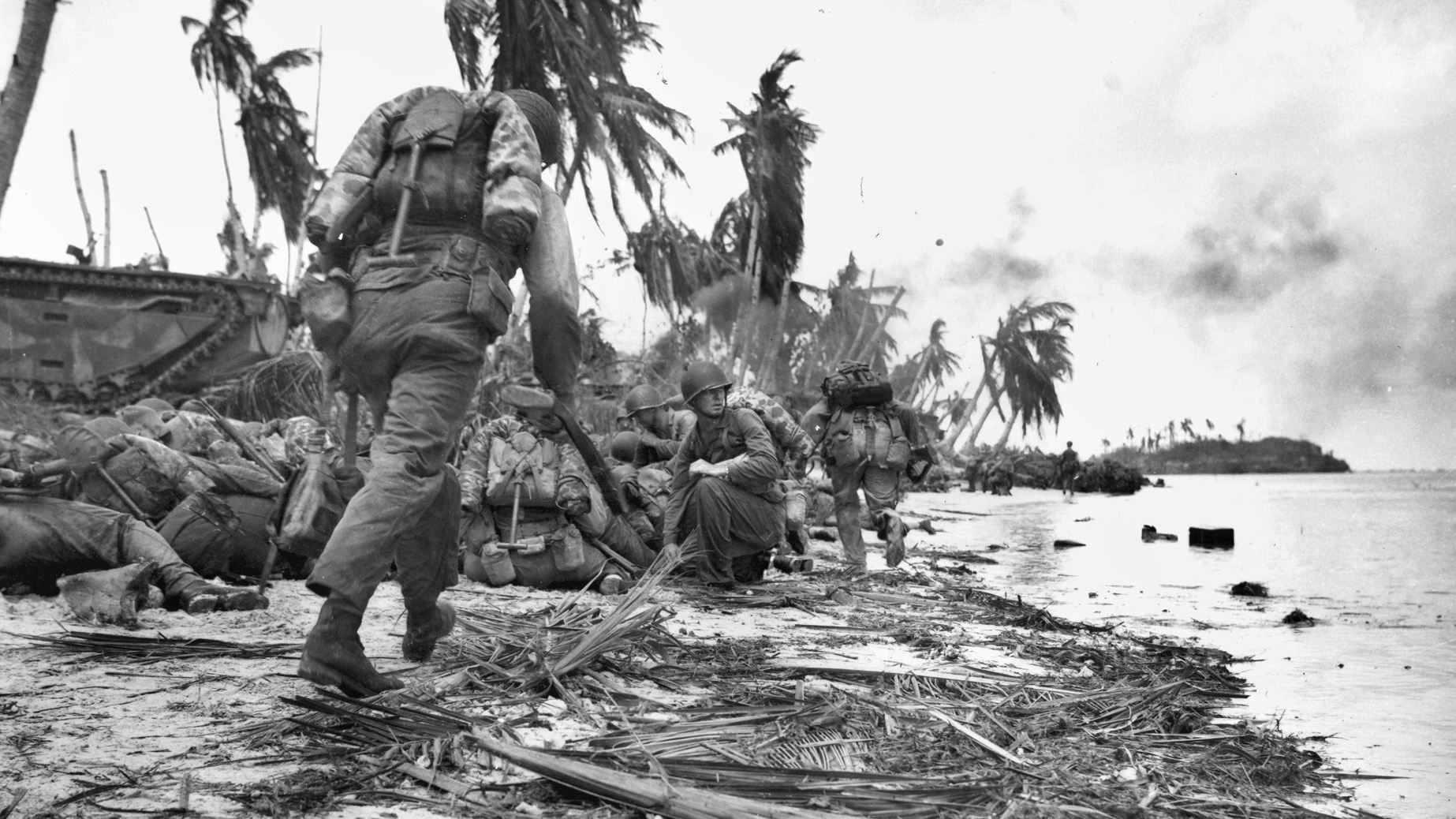
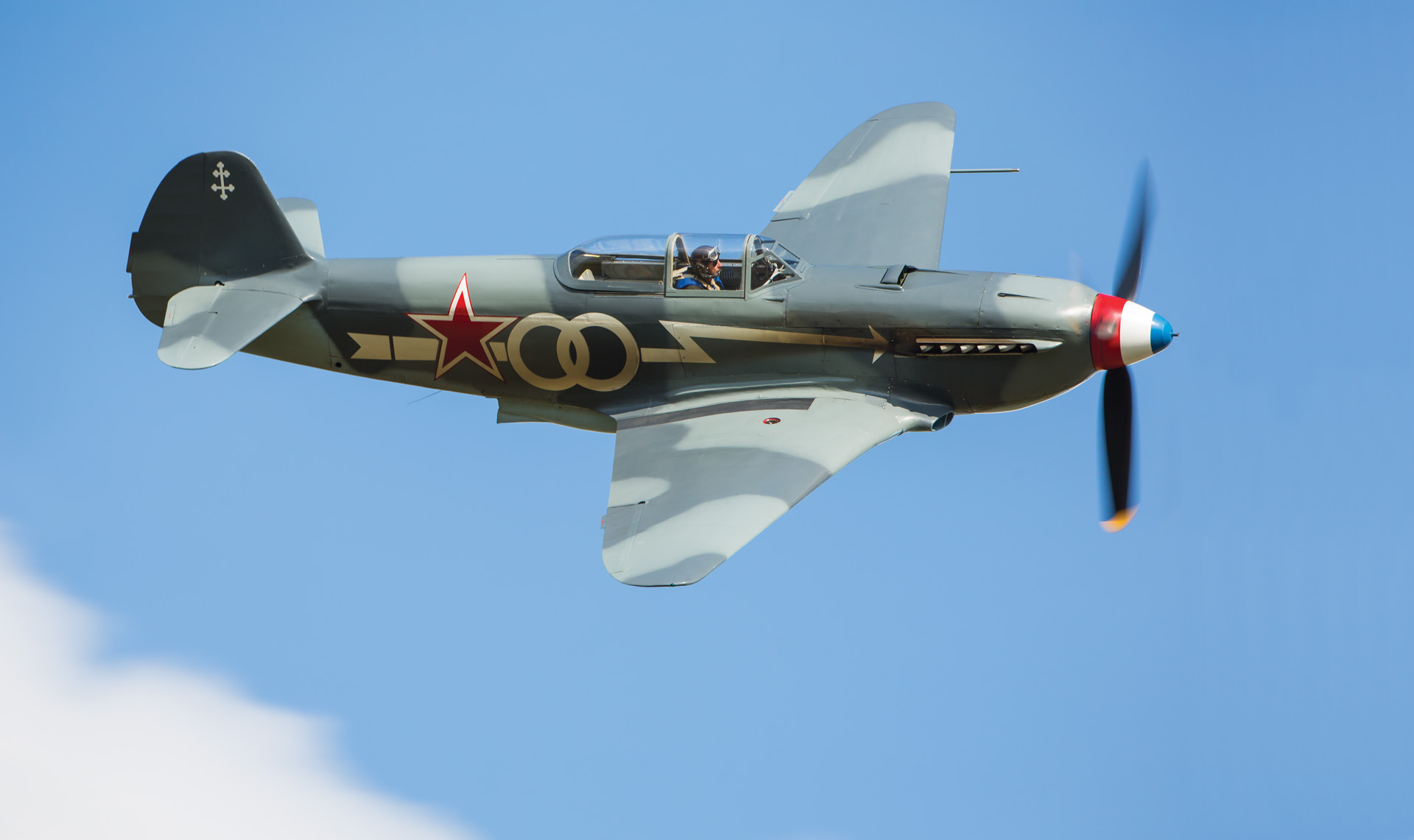
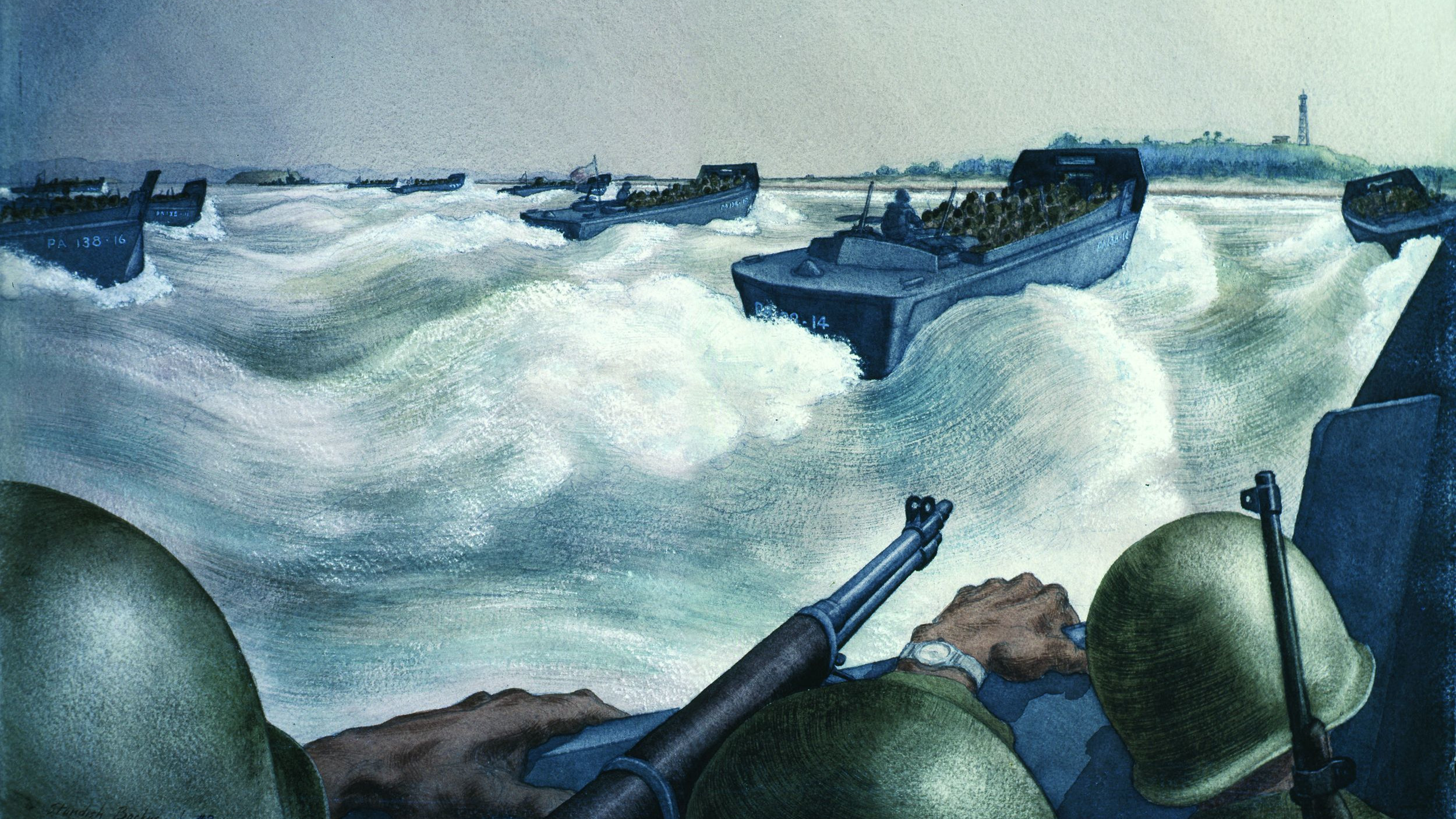
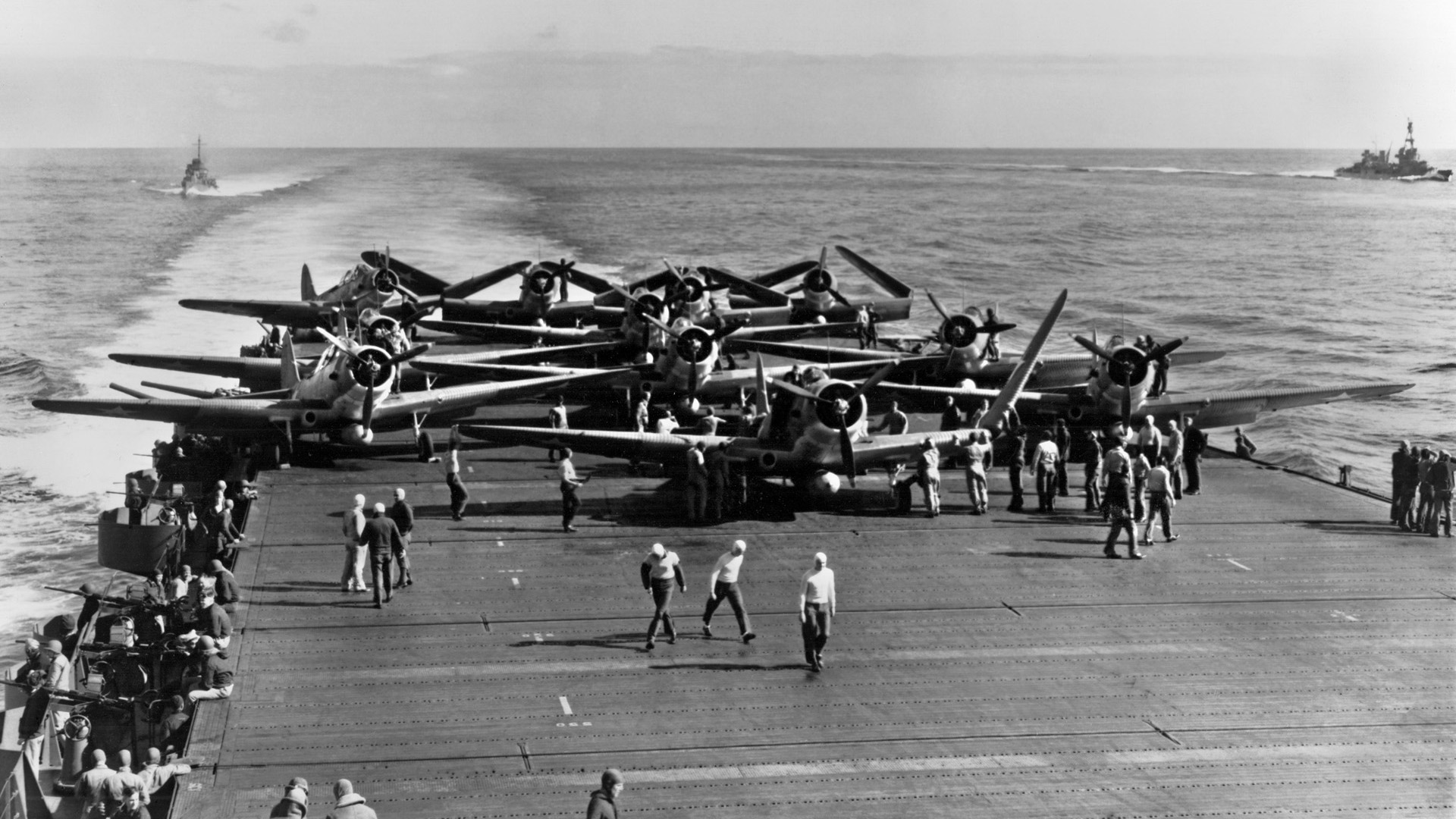
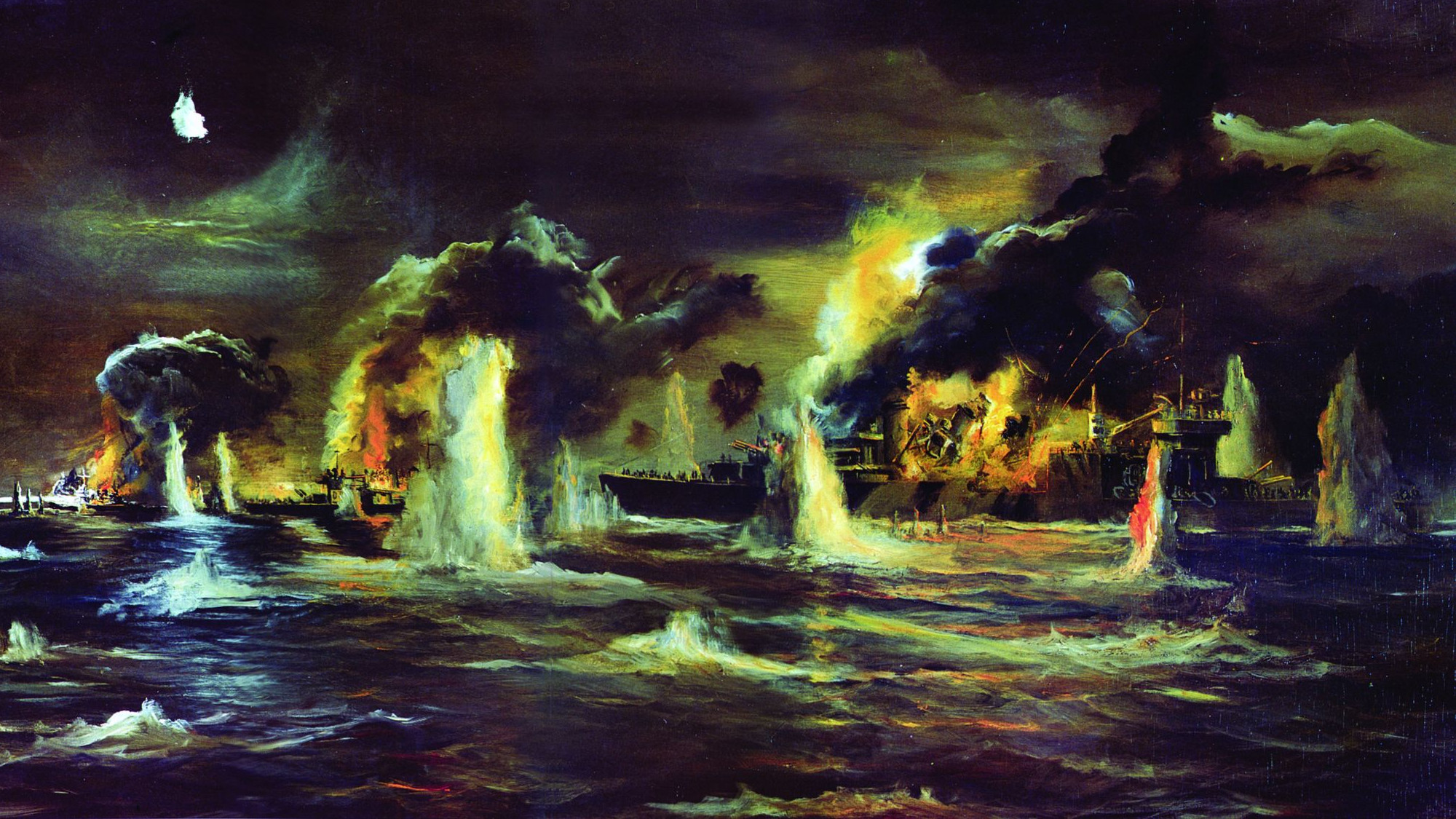
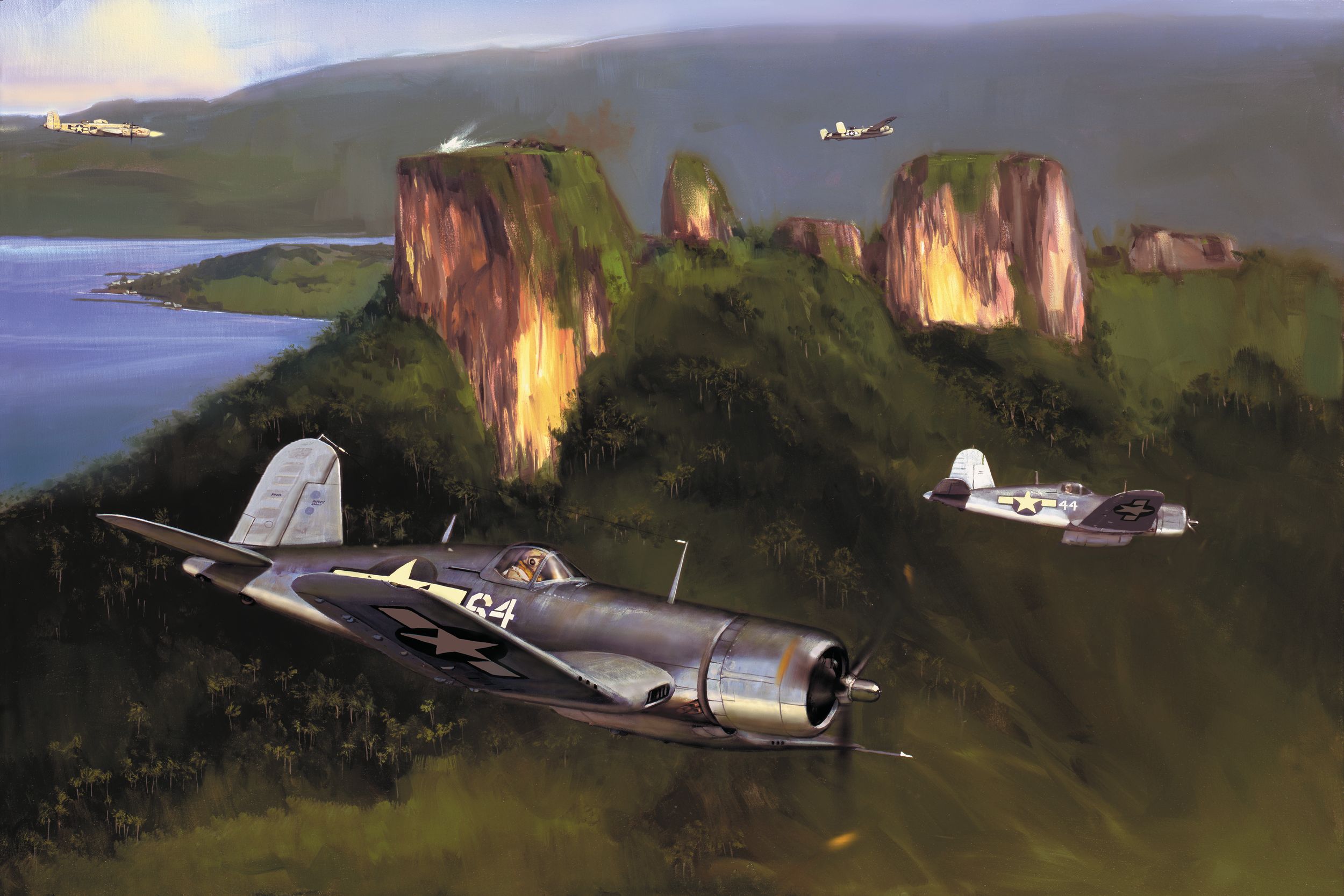
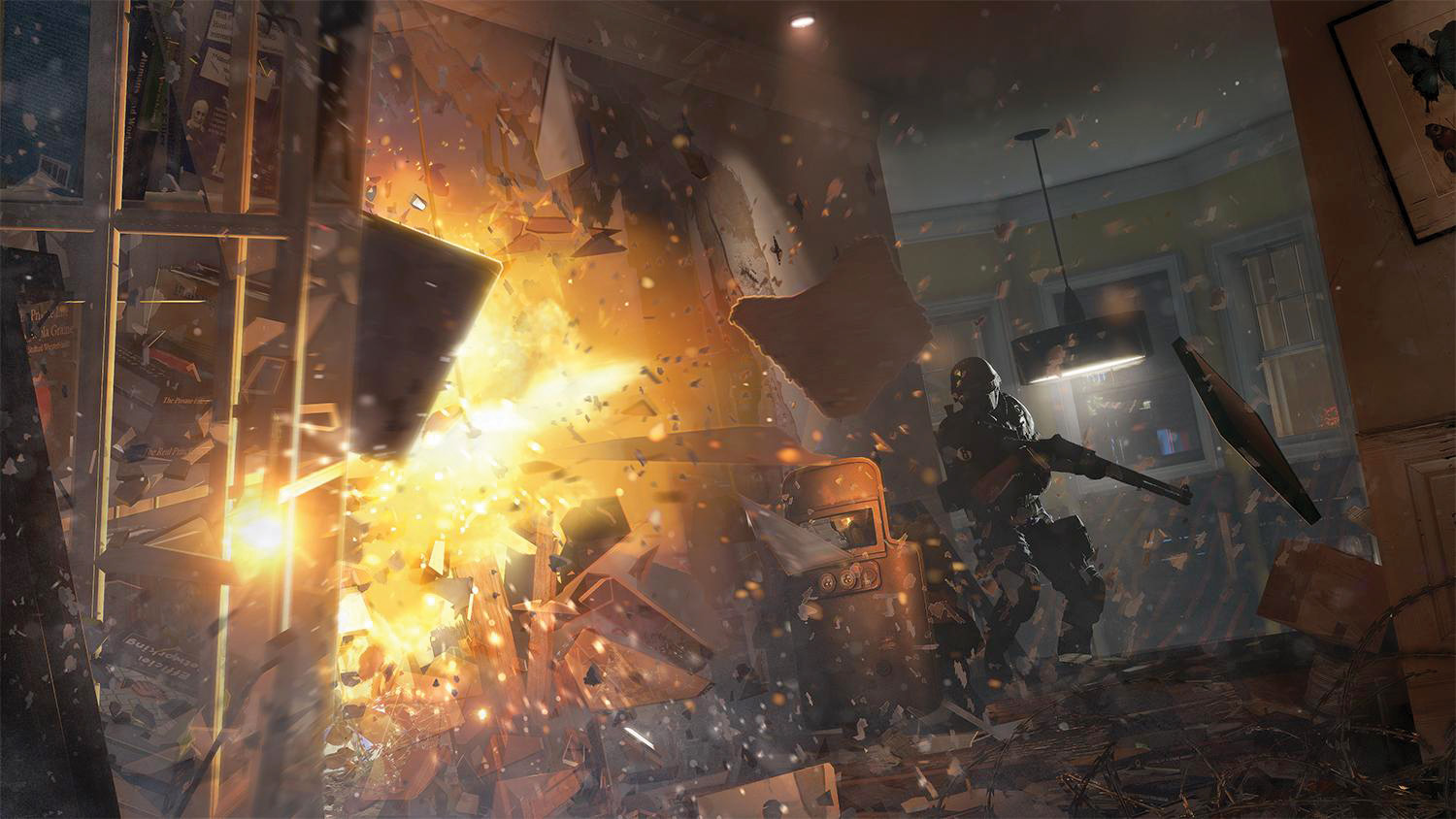
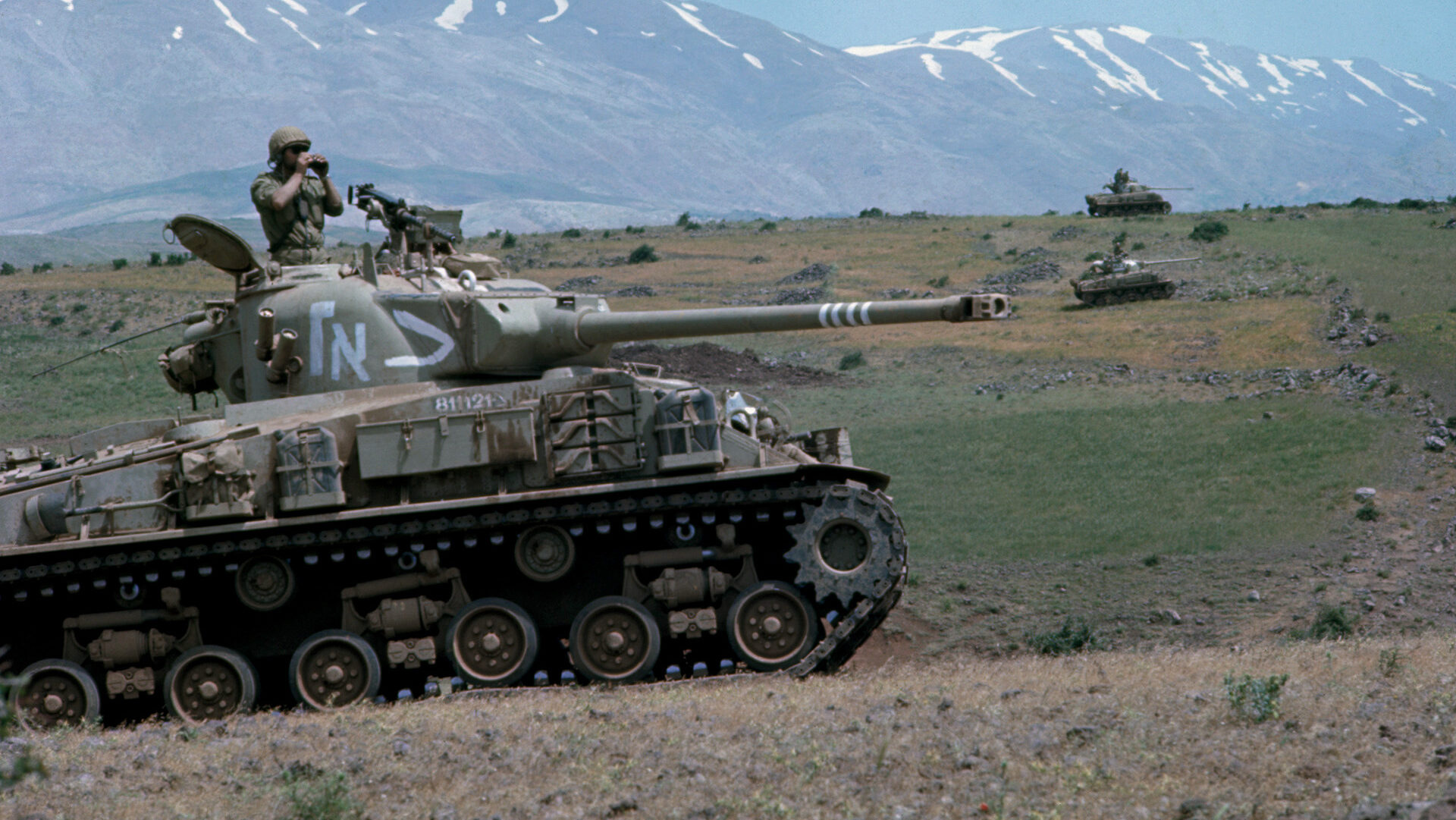
Join The Conversation
Comments
View All Comments